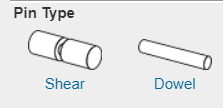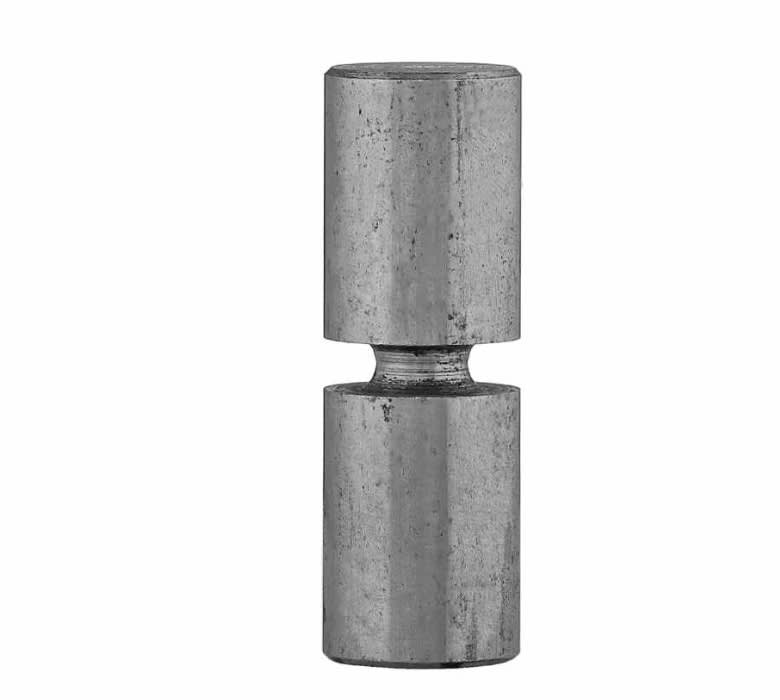Hi all,
I have been searching, fruitlessly, for good practice guidelines when it comes to shear pin design and the ratios to set the pin OD and shear dia to. We deal a lot with retrofitting solutions, so unless I can persuade the client to bush this particular lug the OD of the pin is set. They want to change the material to 4140 from bronze, which would be a good choice but the increased strength means the OD to shear dia is a big step change: 35mm down to 14.5mm. Eyeballing this it looks too pinched for my liking, but I can't find anything that gives guidance of maximum ratios for setting pin dia to shear dia.
Are there guidelines that people stick to? Or could you have a 75mm dia pin and a 15mm shear dia and there are no adverse effects?
TIA.
I have been searching, fruitlessly, for good practice guidelines when it comes to shear pin design and the ratios to set the pin OD and shear dia to. We deal a lot with retrofitting solutions, so unless I can persuade the client to bush this particular lug the OD of the pin is set. They want to change the material to 4140 from bronze, which would be a good choice but the increased strength means the OD to shear dia is a big step change: 35mm down to 14.5mm. Eyeballing this it looks too pinched for my liking, but I can't find anything that gives guidance of maximum ratios for setting pin dia to shear dia.
Are there guidelines that people stick to? Or could you have a 75mm dia pin and a 15mm shear dia and there are no adverse effects?
TIA.


